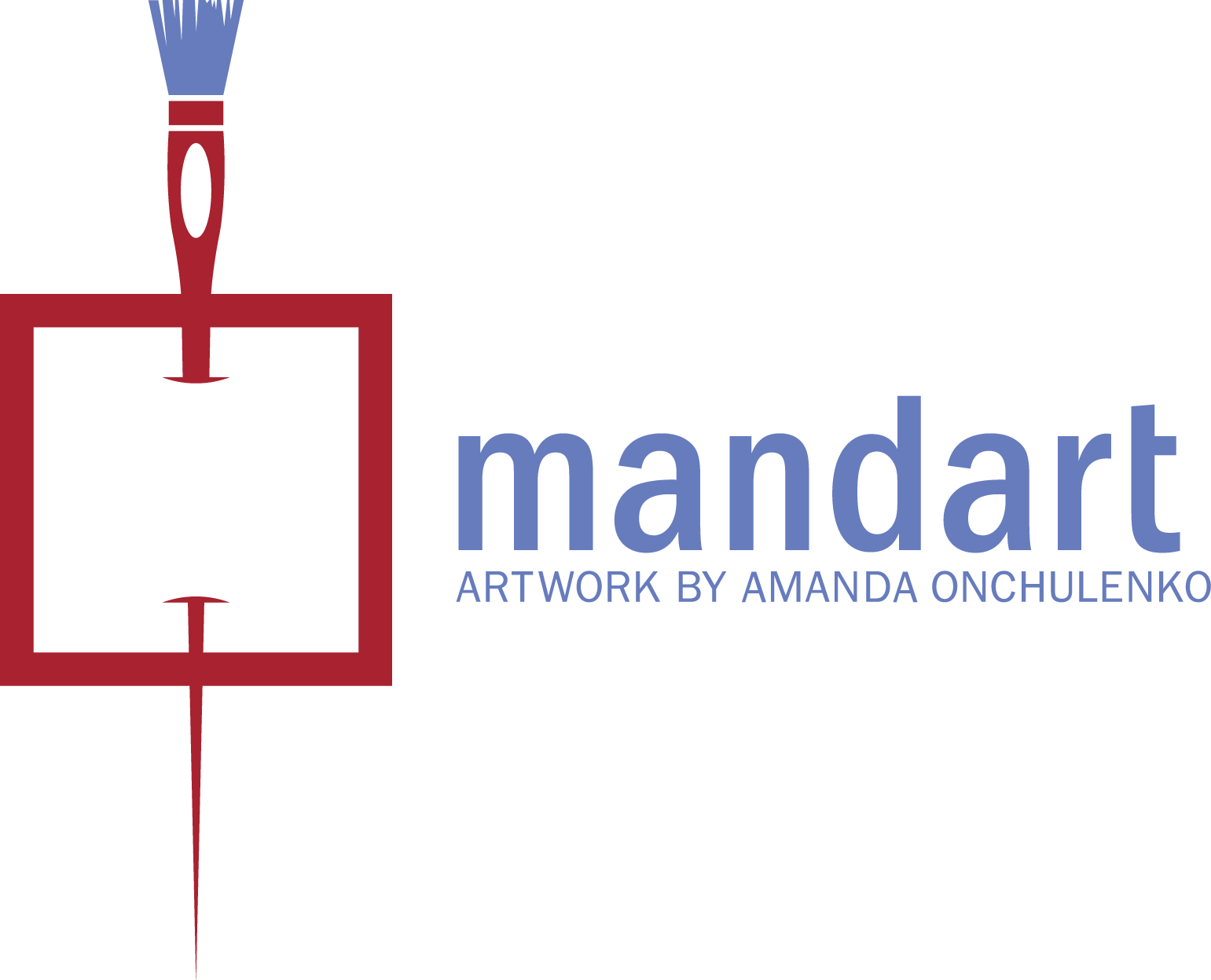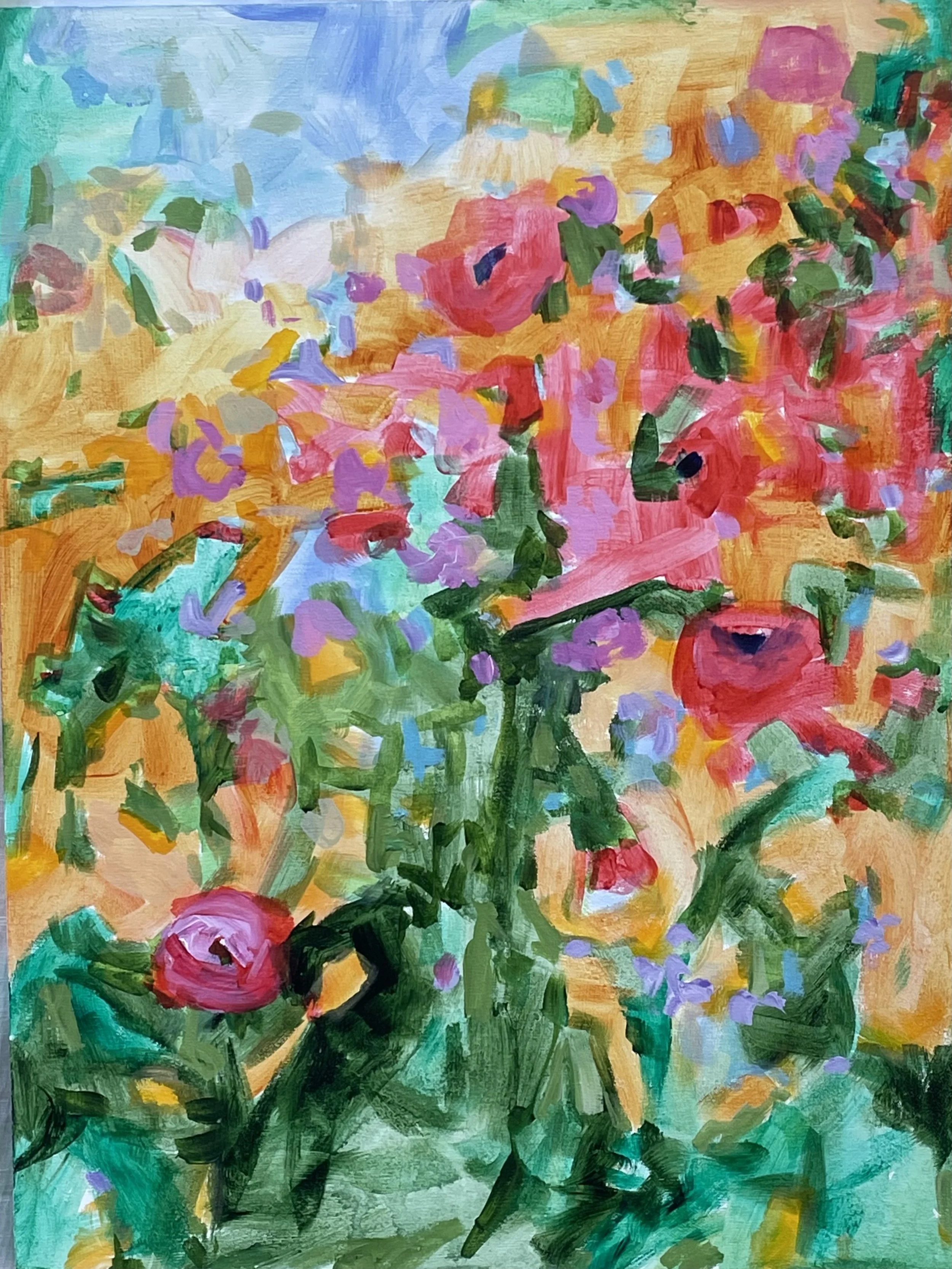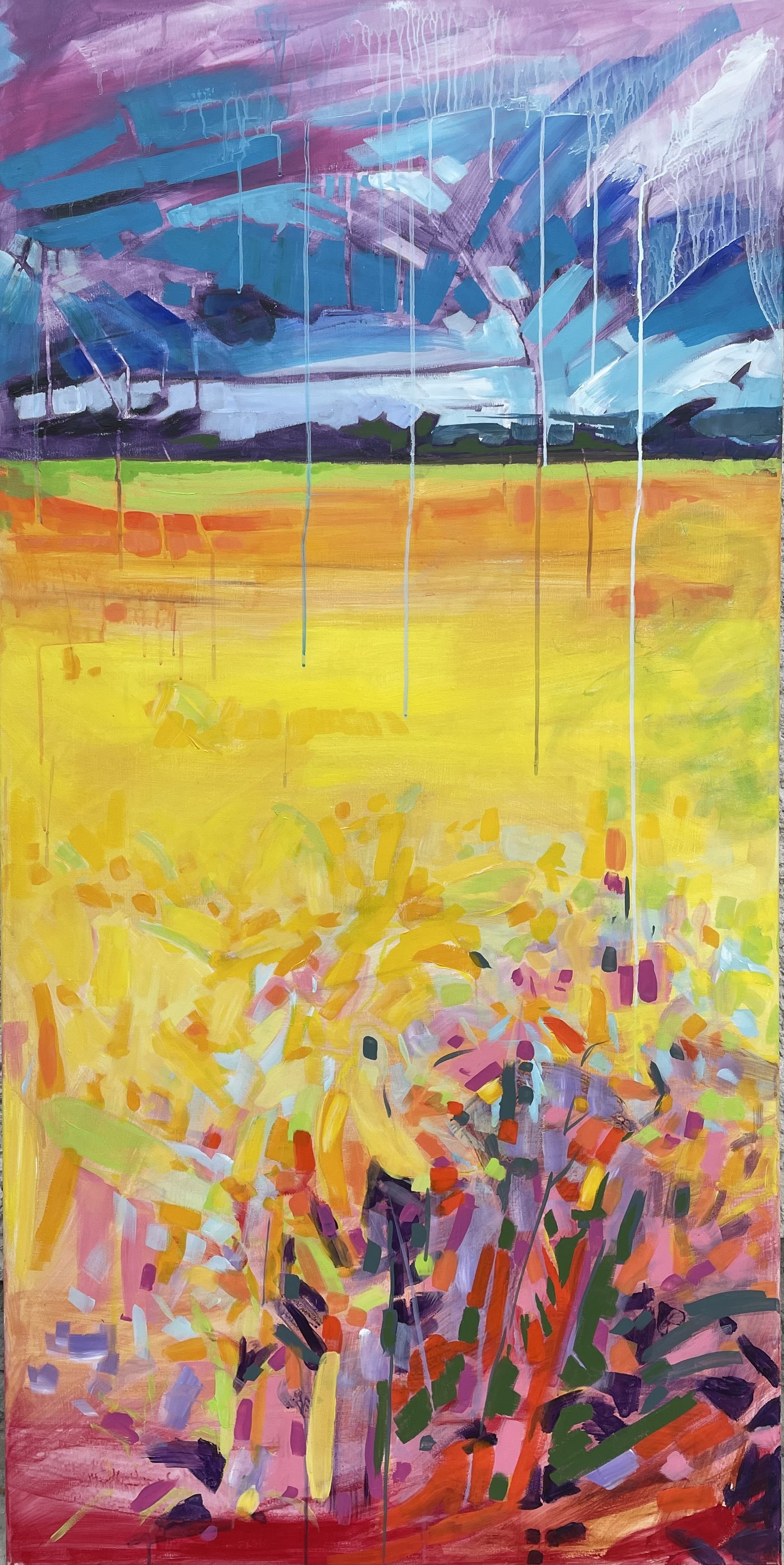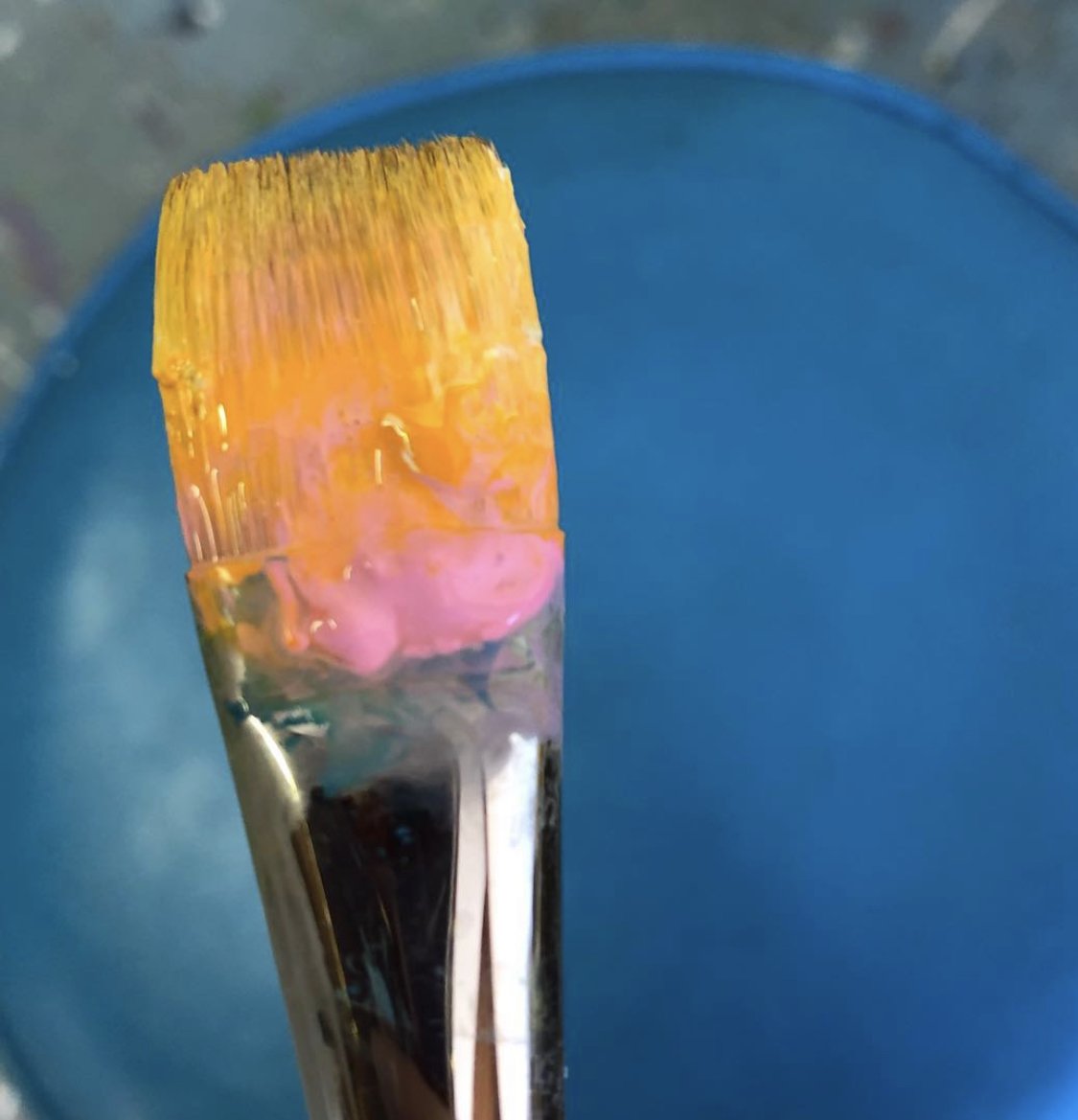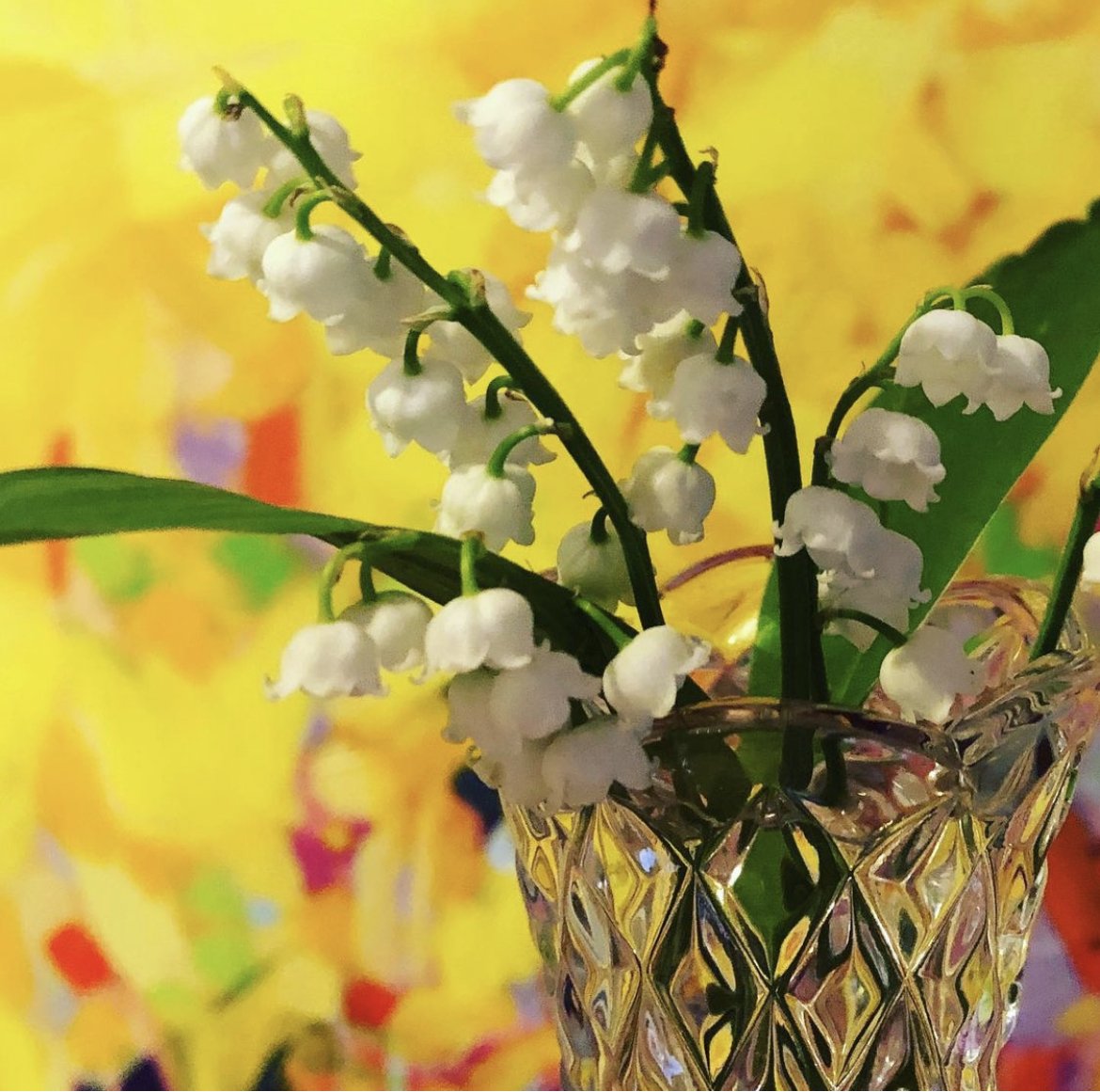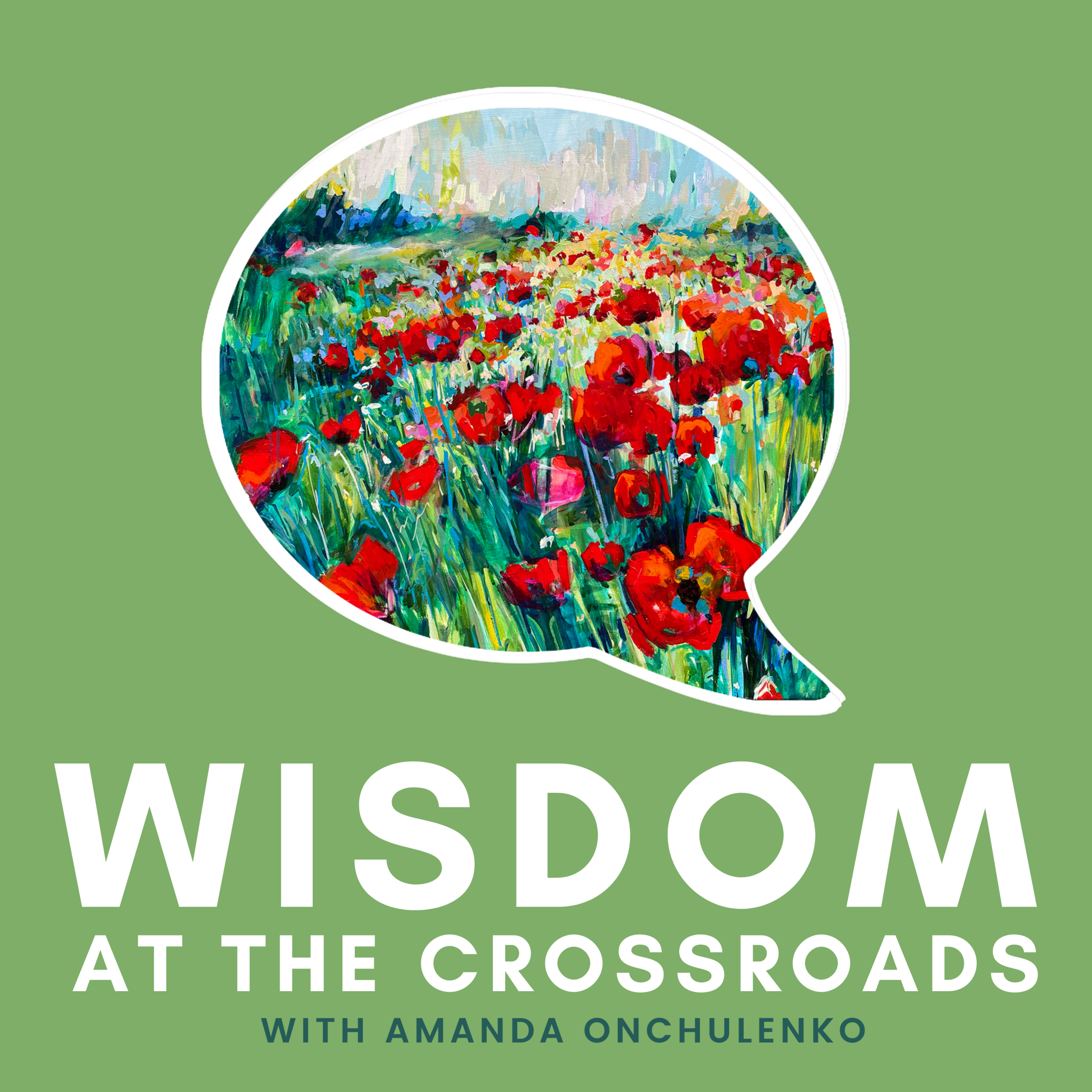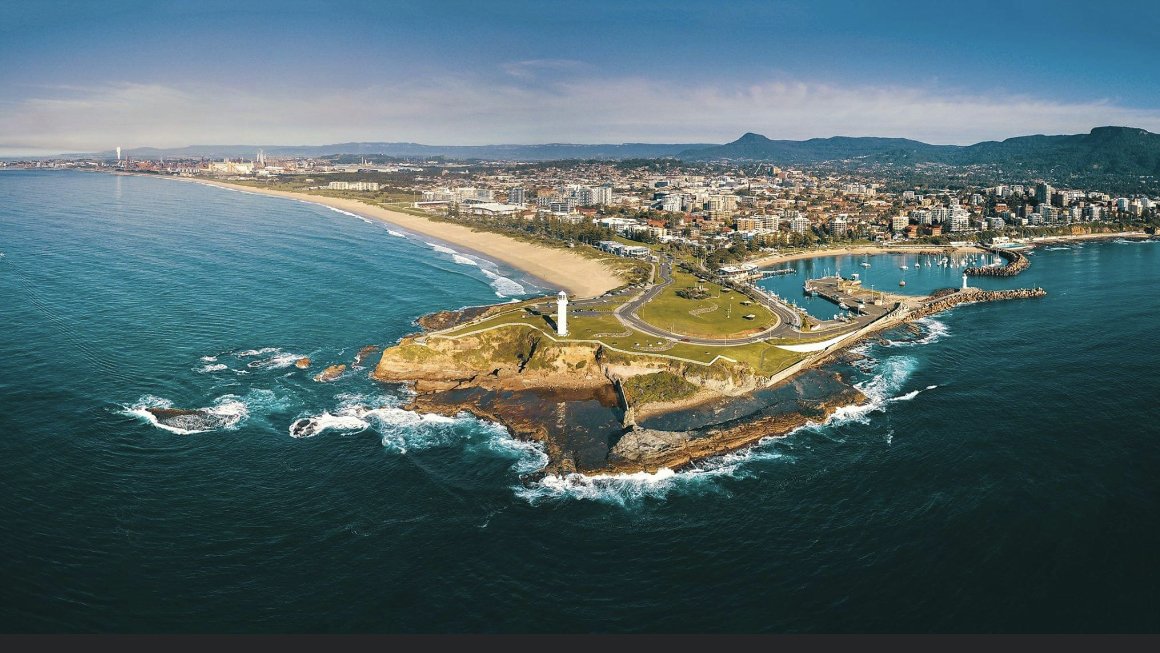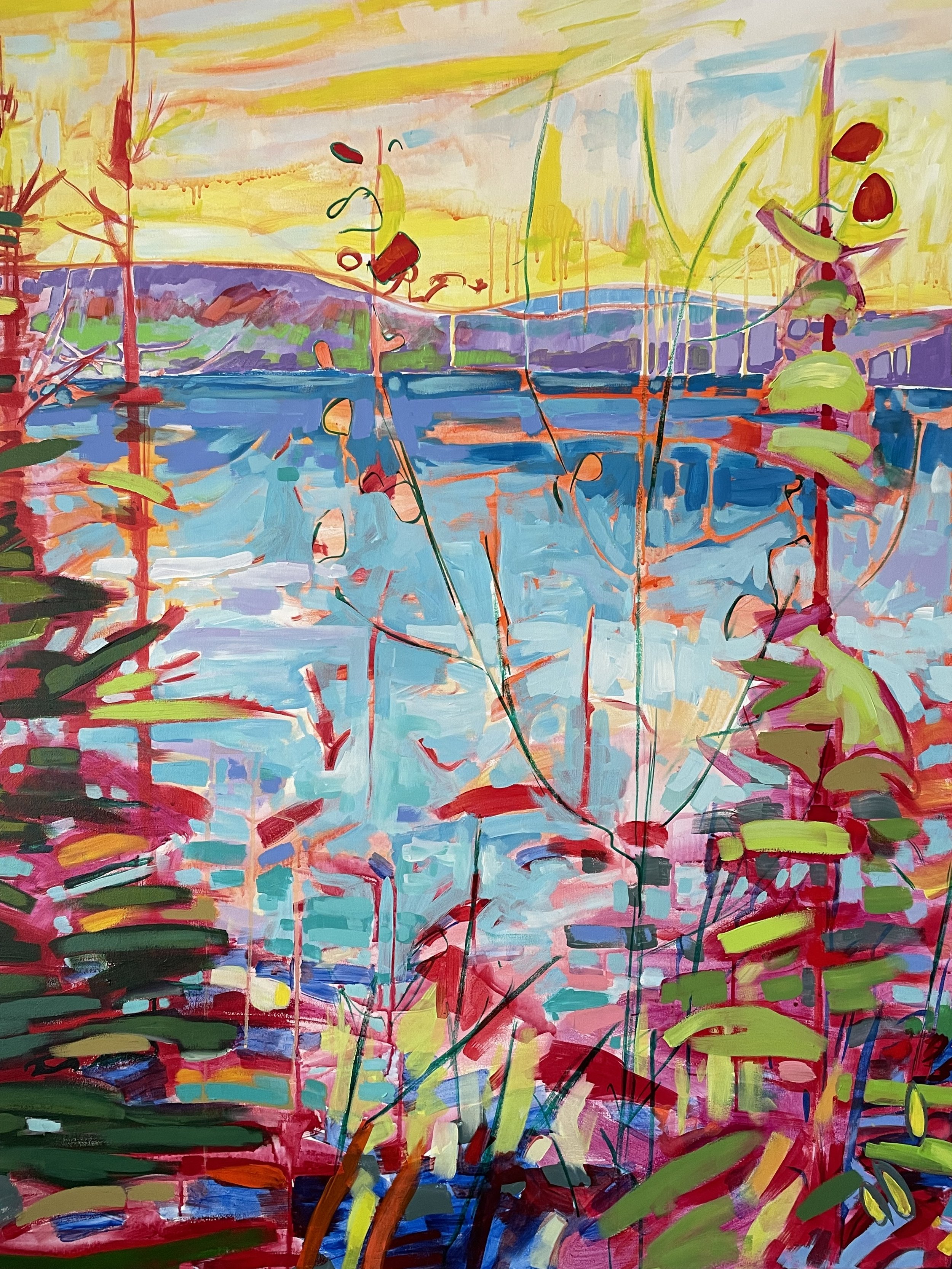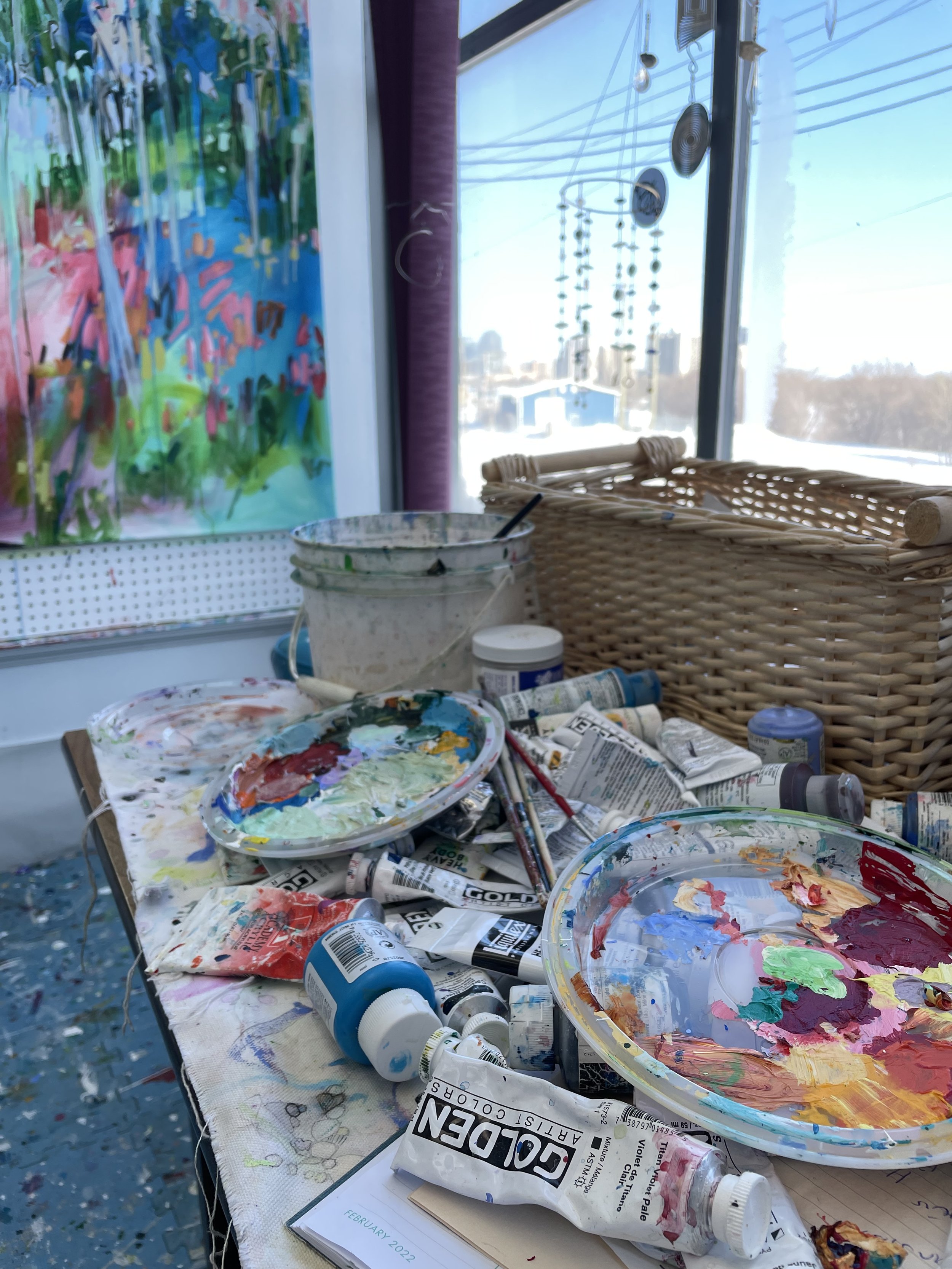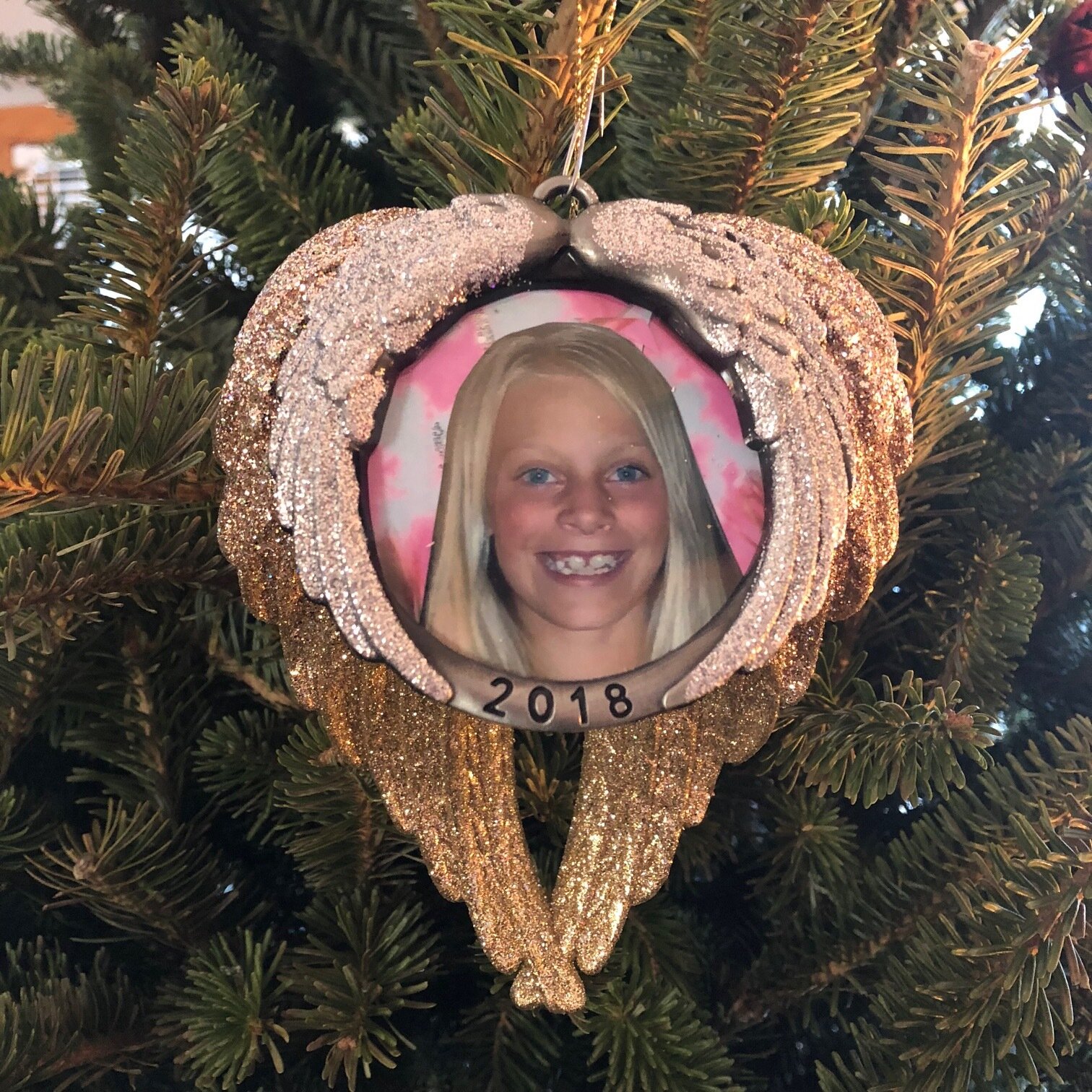WISDOM AT THE CROSSROADS PODCAST.
The backstory this episode leads to Tuross on the South Coast of Australia. Beaches here are so numerous they are numbered not named. Shell picking at T1 is a whale of a time and landscape in painting is a journey through memory.
A little golf action gets going on the aptly named ”Heart attack Hill”, with the killer view. Legend has it the brown snake of the second hole may not be mere legend, while the bounce from the green definitely is.
Coming home at the end of this tale we come home to the action of a loaded brush and a new canvas on the paint wall with no plan or outcome on the horizon.
The meditation begins today at 10:20 in the recording and is the longest of all the season 1 meditations at almost 12 minutes. This is meant to be a quick visit so I hope you won’t m might staying with me for a few extra minutes of downtime.
In the meditation a morning walk meanders from the shade of the Norfolk Forest at Plantation Point, along the sandy arc of “Poppies Beach” in “God’s Country”. It is a place where dolphins play in the morning surf and considerable walks are effortless. Join your guide here in paradise for a dose of comfort and support, knowing, “we are never alone”.
TUROSS, Acrylic on Canvas. Thanks go out to the current owner who as another artist offered me a great compliment in making a purchase. She also kindly took a few snapshots in her home to pass them along to me for this blog today, This episode is further evidence that my record keeping is lacking and that we all get by with a little help from our friends.
Tuross is the name of today’s Painting and also the name of a place. It is the home of my children’s grandparents but not the landscape I grew up in, so it is also a place of discovery, for all of us.
A new environment allows us to experience a sense of place with a new and open perspective. We see the unfamiliar in new ways and are more observant of details in the landscape. As an artist i think that is kind of how I view the world; with curiosity in the foreground I get to explore every place as if it is my first visit.
Tuross is a coastal town on the South Coast of New South Wales in Australia. It has rolling hills, pastureland, oyster farms and barrier beaches so numerous along the coast they are numbered instead of named. Not all of the beaches are safe swimming zones so if you go make sure to “swim between the flags” like a good and well trained Australian. Surfers like Tuross because the area can get a good swell rolling especially in the Christmas (summer) holidays. The riptides that prevent swimmers on all of the areas beaches are appreciated because they offer a timely ride back out to the break. The rip also saves the surfers energy and their paddling arms.
TUROSS Detail T1. The ocean is featured in the top right of this detail.
From Nanny and Poppy’s verandah where we spent time in the hammock and eating breakfasts and afternoon tea outside, we could see the entrance to freshwater Coila Lake where it met T1. T1 is short for Tuross Beach 1. T1 was sometimes interrupted by the Lake entrance at Coila after a big storm or a Christmas king Tide that washed out the sand bar that sealed the freshwater lake from the ocean by sand build up in milder seasons. T1 is miles long and a sand pickers paradise. From Nanny and Poppy’s Verandah, If we were particularly observant we could make out the spout of a whale heading south during whale season.
Tides are important here and make for some fun and natural, not so lazy river action at the Lakes entrance which is the preferred swimming zone. Water flows sometimes aggressively into the ocean and can be a lot of fun. Just make sure you have the ability to cross diagonally to the sand before the “lazy river” meets the waves and the open ocean.
Tuross has all the recreational sites common to coastal resort areas including a golf course and bowling club. Both of which find their way into todays backstory. My husband is an avid golfer used to the tempered conditions of Canadian courses prone to heavier water content in their soils and soft and forgiving grasses. Tuross golf course meanders over 9 holes uphill from the second after a gentle downslope from the clubhouse and the tee off at the first hole.
TUROSS Detail Coila Lake. The water featured in this detail is Coila lake as viewed across the bottom of the golf course.
The second hole of Tuross Golf Course has some water features and is said to be home to a big old brown snake, so do be aware. My cousins coached my husband, sharing some of the finer points of Australian golf etiquette. The first and most important is to never reach your hand into a cup to retrieve your ball. Flip it instead with the end of the putter, to avoid any unecessary handling of the black snake who may or may not have moved into the third or fourth hole. As well, spiders, it goes without saying there are a few of them that will also kill you and they too like small cosy spaces like a golf cup on any hole. Conversations like this are a great way to get a round going.
The other lesson my prairie husband and golfer of long courses and wide open spaces learned was to reign in his impressive and not always directed swing. Coastal golf courses are often prone to wind and Tuross, with its beautiful cooling breezes featured greens that had about as much give as your average dining room table.
Imagine my husbands golf ball bounding from one area of the course to another as the over zealous swing negotiated the hard compacted coastal earth. A pinball like action that was part of the original plan i had for this composition.
I think you get an idea of Tuross the place. Tuross the painting is a version of the view from the top of the 5th or 6th hole that were up the aptly named “heart attack hill”, close to the road that meandered around the courses perimeter and lured tourists into the town centre itself which was a few windy turns down another set of hills. The hills closer to the shops were not as rolling and gentle as I remember one very hot day pushing a stroller up and down some wrong turns some years ago.
Best laid Plans are usually just plans in my painting practice as once I have colour on the canvas the actions of the brush and the beginning marks in the colour story will lead me in the direction the developing composition dictates.
Pink trees are not that unusual in my paradigm. Spring is a favourite season in Canada. Creative licence is real but with this snapshot you can see i am really not making the pink tree thing up.
The view from the top of the golf course at Tuross is a spectacle. It tumbles visually down to the ocean and the lake entrance. Nothing is flat here, including the greens. My attention always paused on the manicured arcs of the greens that felt like little alien landing sites amidst the more rugged and naturalized Australian landscaping style. This spectacular view cascading down towards the ocean is the subject of my painting painted on 22” x 60” stretched canvas. Its an odd size because I bought a couple of canvases from someone who had had them made, and beautifully made by the way, they were solid and straight, but my friend had decided they didn’t want to work with the shape. (Which definitely was a challenging shape to paint on)
TUROSS: In this view of Hector McWilliam’s Norfolk Pine trees that line the headland all over Tuross, we get a sense of scale. Check out the two people taking in the view on the rocks and it becomes clear that these are not your north American pot plant sized Norfolk Pine trees.
TUROSS at Plantation Point is home to dawn remembrance day services. It is also the starting point for our “walking meditation” in this episode. One day we had to step carefully aside when we discovered what looked like a strip of shade or a branch on the ground was actually a red bellied black snake.Eek!
A narrow horizontal shape can be a bit of a challenge but I am always up for a painting challenge. The natural angles in the landscape that defined the boundary between fresh water of lake and the ocean were an interesting place to start the composition. That view combined with the flat arcs of the greens that drew my eye down the hill from the road felt playful. I began underpainting in a contrasting colour so the bulk of the foreground of what we emotionally consider should be green was warm in nature. My plan was to add layers over the top so that the discrepancy between the contrasting colours used would bounce the eye around the composition as it naturally sought to balance the visual energy of the competing colours.
Remember I am not trying to replicate some point in a landscape but instead to use the features of a landscape as a starting point for an evolving journey in acrylic across a canvas. Think of it as problem solving an equation but in colour instead of numbers. This painting plan as many of mine do backfired as i liked the loose results that evolved in the beginning and my efforts so from there work on the painting became an exercise in restraint… which is hard for me. :)
Our meditation takes us through this meadow at the waters edge. During one long ago visit a very large seal had taken up residence among these basalt rocks. We visited him every morning and on one of those visits the dolphin trio played their surfing games in a much fuller surf backlit in morning light. Beautiful!
Looking to the sand barrier from across the golf course. The linear marks in the top right of this detail show the area that every few years washes out. Fresh waters from Coila Lake then merge with the ocean. The sand bar that leads miles down T1 is a shell pickers paradise and I have containers of sorted shell families that keep me company at the studio from every visit.
Sometimes i get stuck on a composition and leave it to sit for a bit on a secondary wall where i can see it only peripherally while i am working on something else. A large space is helpful for this, and not so available in my current studio which is tiny.
Less can be more in life and in art. Less definitely became more in the journey of both versions of Tuross, the painting.
TUROSS 2. Here is the version that lives in the bathroom. It makes for a lovely backdrop to morning routines and keeps the past present. I love the sketchiness of this painting. It captured the essence of the view with minimal marks. For me that is a win.
The second view I painted that features part of the Tuross golf course I am calling Tuross II right now, given my record keeping deficits. (see above). This painting lives in my bathroom at home which is always a great place for art by the way. This piece has no official title that I can recall but it also takes me back to a place and time. Locals are known to take a short cut from Coila avenue across the second hole of the golf course, hence the familiarity with the brown snake’s habitat. From there they scoot across the edge of the first hole to cut off a couple of sizeable hills on the way to the beach at T1. This second version of Tuross is actually a third and replaced on canvas an idea i had painted on paper with chalk pastel. I sold that paper version and ran hindsight it really was one of those pieces that i should have kept.
Every artist has stories of “ the one that got away” and I have a few of them. This version of Tuross in the bathroom is small, I’ll measure it tonight, about 12x 30 or 36”, i think that describes referentially the view from the bowling green that lies just uphill from the scampering locals sneaking across the course to the beach without hills. This view takes in more of Coila Lake and suggests the pastural land beyond the lakes edges in a sketchy washy way. I love its simplicity and i love the memory it ignites of grandchildren watching poppy play lawn bowles in his cremes as we took in the temperate breeze while eating our chicken chips and drinking our lemonade. Priceless.
You know I love to view life in the details. This little vignette shows the texture of the second panel with the application of only a couple of layers of acrylic paint. Less can definitely be more. This is the view I see while working at an arms length from a surface. We need to take a few steps back in real life to let the perspective settle and allow for the eye to fill in some of the details.
All this talk of memories has me wanting to book our flights. Its been too long. On the home front here we may not be quite ready for golf and beach walks but the ice is off the lake thanks to the howling winds that blew so hard 8’ tall Bruce the spruce has tipped more than a little off his kilter.
Similarly at the studio a new season is beginning, though thankfully, there are no winds to negotiate indoors. My most recent commissions have gone to their forever homes and i am enjoying the beginning of a retro pair of 36” squares. I am calling them retro not because of subject but the current colour story has a seventies vibe. There are some electric acid colours finding their way into the scheme. Right now i am allowing this pair to evolve on the paint wall just because. While its nice to be asked to paint site specific works with commissions and i am grateful to my clients whose purchases allow me to continue in studio practice, there is something liberating about the feel of liquid acrylic on the end of my brush, piano tunes in the background and a new painting on the paint wall without any plan or outcome in mind.
It’s time to play.
This is the Retro Pair that were on the pair wall while i was writing this reflection. 36” x 36” acrylic on canvas. As yet unnamed but the title might have to have some kinds of a retro vibe inspired by the orange of this colour story. Have a suggestion? Please feel free to reach out.
Well, that’s the end of todays backstory. Thanks for tuning in to this episode. I hope the images are helpful and that you are finding something of your story within mine by listening in to the podcast, or catching up through this blog. If my work or words inspire you please consider sharing the podcast with a friend or writing a review. You can listen to the full episode anywhere you get your podcasts.
This week’s meditation begins at 10:20 in the recording. I hope you’ll take a listen…and until next time, stay well.
Amanda
